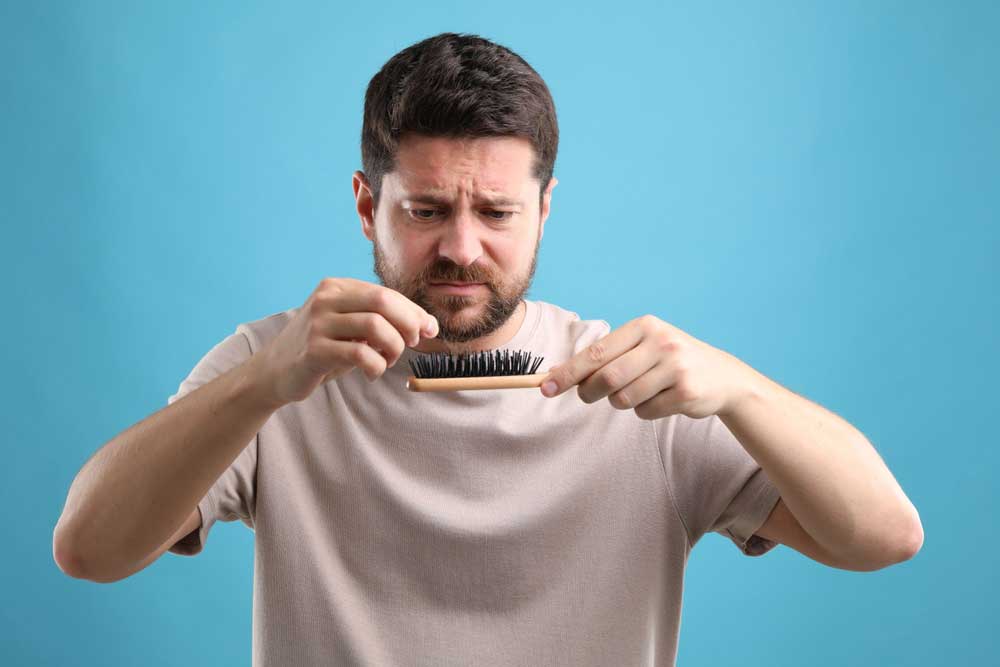An overlooked aspect to modern hair transplant research and technology is the African American & Caribbean demographic. As opposed to Caucasion hair or other backgrounds characterized by straight/wavy hair, African American hair can be difficult to properly transplant. This is due to the very curly nature of the hair follicle and hair texture. This usually results in concerns regarding the potential outcome of a hair transplant for people of African-American or Carribean descent. Though the basic procedure itself would remain the same, there are a few considerations that have to be kept in mind before the procedure would begin.
Traditionally, African American & Caribbean patients interested in a hair transplant had to resort to the FUT Strip Surgery method. However, due to recent advancements in technology, the FUE approach has become a very viable option. Here at Hair By Dr. Max, Restoration Center, we proudly offer our FUE services to African American & Caribbean patients. Due to our skilled team and drive for excellence, we have seen life-changing results in hair transplant for our patients, despite any style of hair they may have.
In general, African American & Caribbean hair transplants can be more challenging due to reasons such as more labor-intensive, lower hair density, and the natural shape of the hair follicle.
1. More Attention To Detail Required
Using devices such as our Mamba FUE device and Neograft technology can ease the process of hair transplants for African American & Caribbean ethnic hair. However, the challenges are still present despite the technology. African American & Caribbean FUE procedures are a bit more challenging than other procedures because the hair restoration surgeon must overcome the natural curl of each hair follicle. However, the advantages of having an FUE procedure are immense as opposed to other approaches.
2. Lower Hair Density
Naturally, African American & Caribbean hair has less density than other types of hair. This is why when a FUT Strip procedure is performed, patients have to resort to keeping their hair longer. The leftover scar will usually be very visible as a result. We can erase this negative through the FUE approach. By using smaller punches, such as 0.8mm, we are typically able to mitigate the impact on the scalp. Thus, this will leave less scarring and allow the patient to have more flexibility to style their hair.
3. Shape of Hair Follicle
Though African American & Caribbean hair is technically less dense than other types of hair, it can appear to be thicker and more dense. This is due to the natural C-shaped curl of each follicle. This can actually serve to be an advantage for the patient when it comes to receiving a hair transplant as less hair from the donor area will be needed to be harvested to obtain a full appearance.
As far as the harvesting process for African American & Caribbean hair, this will be slightly different than that process for those with straight/wavy hair. In people of African American & Caribbean ancestry, both the follicles and hairs have a degree of curvature in relation to the scalp that must be accommodated in the harvest of donor hair.
Cost of African American & Caribbean Hair Transplant
Similar to hair transplants for those with straight/wavy hair, the cost is completely dependent upon the unique situation of each patient. These factors can range from the extent of hair loss, coverage area, hair density and other variables that may affect the number of grafts required as well as the method(s) used during the procedure. During a consultation with Dr. Max, he will determine what is the best approach for your hair restoration needs and will then provide you with an estimate on how much said procedure would come out to. It is important to note that the cost of a hair transplant is not specifically affected by differences in ethnicity. Instead, it is determined rather by whichever approach is deemed necessary to meet your specific hair restoration needs.
You Might Also Like To Read
5 WAYS STRESS CAUSES HAIR LOSS
It’s best to learn these signs sooner than later!
It’s best to learn these signs sooner than later!
5 TIPS TO PROTECT YOUR HAIR IN THE SUMMER
Though it may seem obvious, many don’t follow these steps to keep their hair safe from the summer sun.


